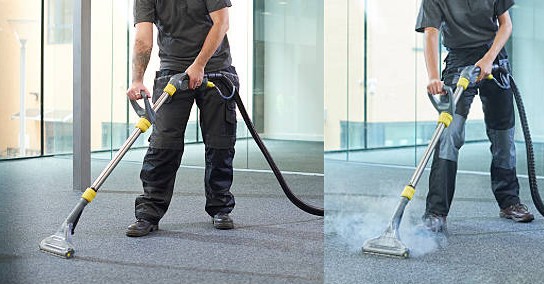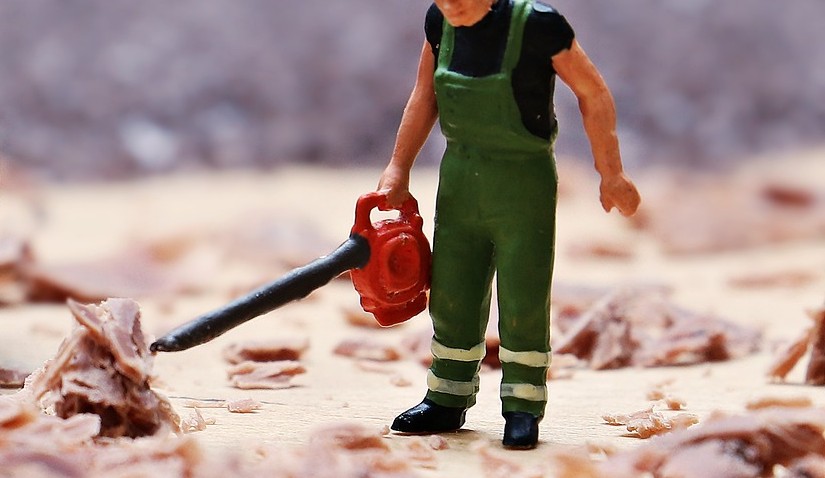Introduction
The region becomes progressively polluted with dirt, dust, and other particles as Construction activities progresses. Because of the notorious filthiness of building sites, many homeowners prefer to temporarily relocate while their houses are being restored. Let’s be honest: they’re not pros, are they? This is logical given the nature of the firm and the constant foot traffic. If staff cleaned as they worked, the contract timeframe would be doubled. Rather, they are planning a cleaning when the project is completed. The cleansing processes and their various faces;
Phase one: Rough Cleaning
The next phase is to install the building’s plumbing and electrical systems after the building’s framework has been established. The bigger objects, such as garbage, waste, residual materials, and other things that can’t be vacuumed up, are now the first things to be eliminated. The vital component in the procedure is this step. When we are through, we will clean and vacuum the area briefly. While this process does not entail cleaning the glass or the wood, stickers on windows and doors are also removed at this time.

Phase two: Light Cleaning
This step of the post-construction cleaning process involves the most time and effort, as well as the most cleaning supplies and equipment, in comparison to the other two phases. Particular attention is paid to the maintenance of rooms that provide obvious functions, such as kitchens and baths. Sinks, toilets, windows, and cabinets are among the installed components that receive an in-depth cleaning here. Also cleaned are the windows. Customers employ cleaners so they don’t have to perform the task themselves at this time, which is one reason why they do it.
When Clients choose Progressive Cleaning, you can feel confident that not only these areas, but also the vast majority of the interior surfaces, including the air ducts, will be given the utmost attention to detail during the cleaning process. This is something that you can be sure of when you make your selection. During this phase, we also take care of cleaning up the places where the stickers were previously placed. This involves removing any residue left behind by the stickers. These kinds of sites include, amongst other things, glass portions, windows, doors, and walls. When we’ve finished with this part of the process, we’ll be in a lot better position to start taking on customers.
Phase three: Final Cleaning
Last but not least is the process known as Final Cleaning or Touch-Up Cleaning. Since dust and filth may continue to settle for a while after the second phase, the cleaning staff schedules this to occur many days later. Cleaning up the remaining smudges, fingerprints, and other defects from the previously cleaned regions is the fastest and shortest part of the process.
When construction is finished, the cleanup process that follows can take several days’ worth of hard work to complete. For a construction company with a lot of other projects going on, this is not a simple task to supervise. Building personnel already have enough on their plates without having to worry about having to sanitize the work site once it has been completed. As a result, it is strongly suggested to use the services of knowledgeable cleaners, whether done through the construction contractor or on an independent basis.
Some clients may be tempted to forego hiring professional cleaners in favor of doing it themselves if the construction contractor does not provide additional cleaning services. If customers are in charge of cleaning instead of experts, they can forget about the building’s interior and any other secret areas that the general public has no awareness about. The potential danger to the health and safety of the building’s occupants makes this unacceptable.
Conclusion
Post-construction cleaning is time-consuming, as the three steps show. No normal construction staff could handle this. Professional cleaners are trained and equipped to execute a thorough service. On a building site, it’s best to be cautious when risk is present.

